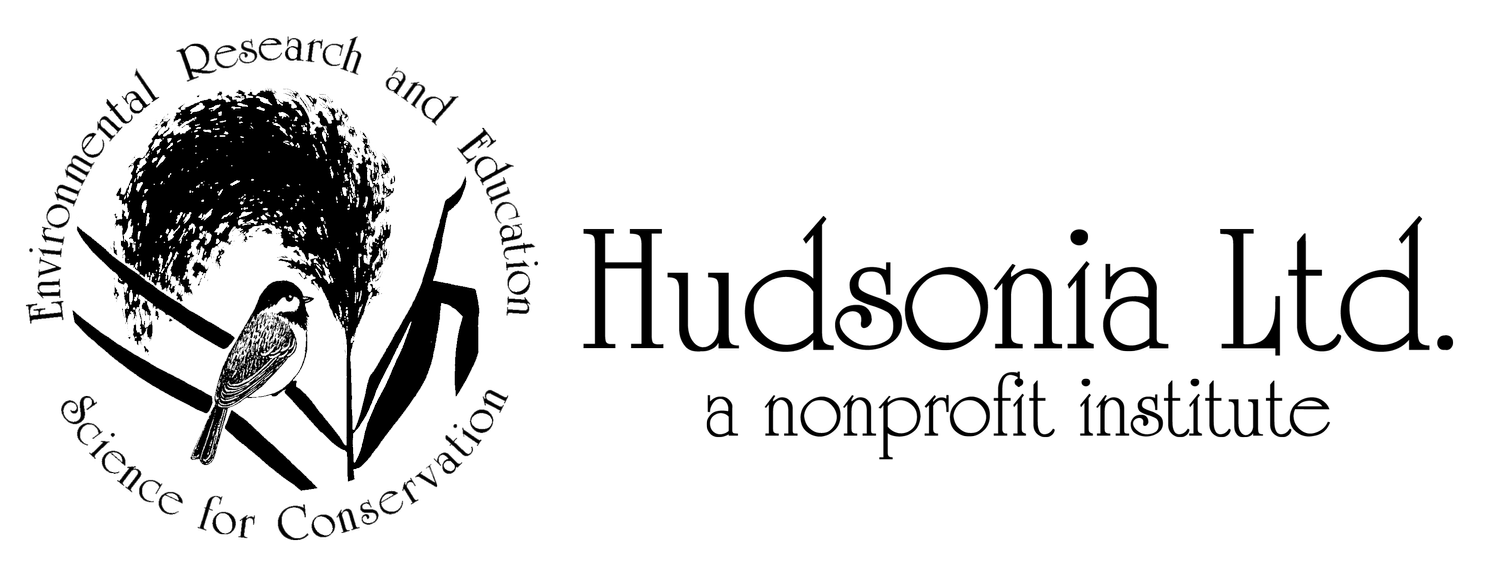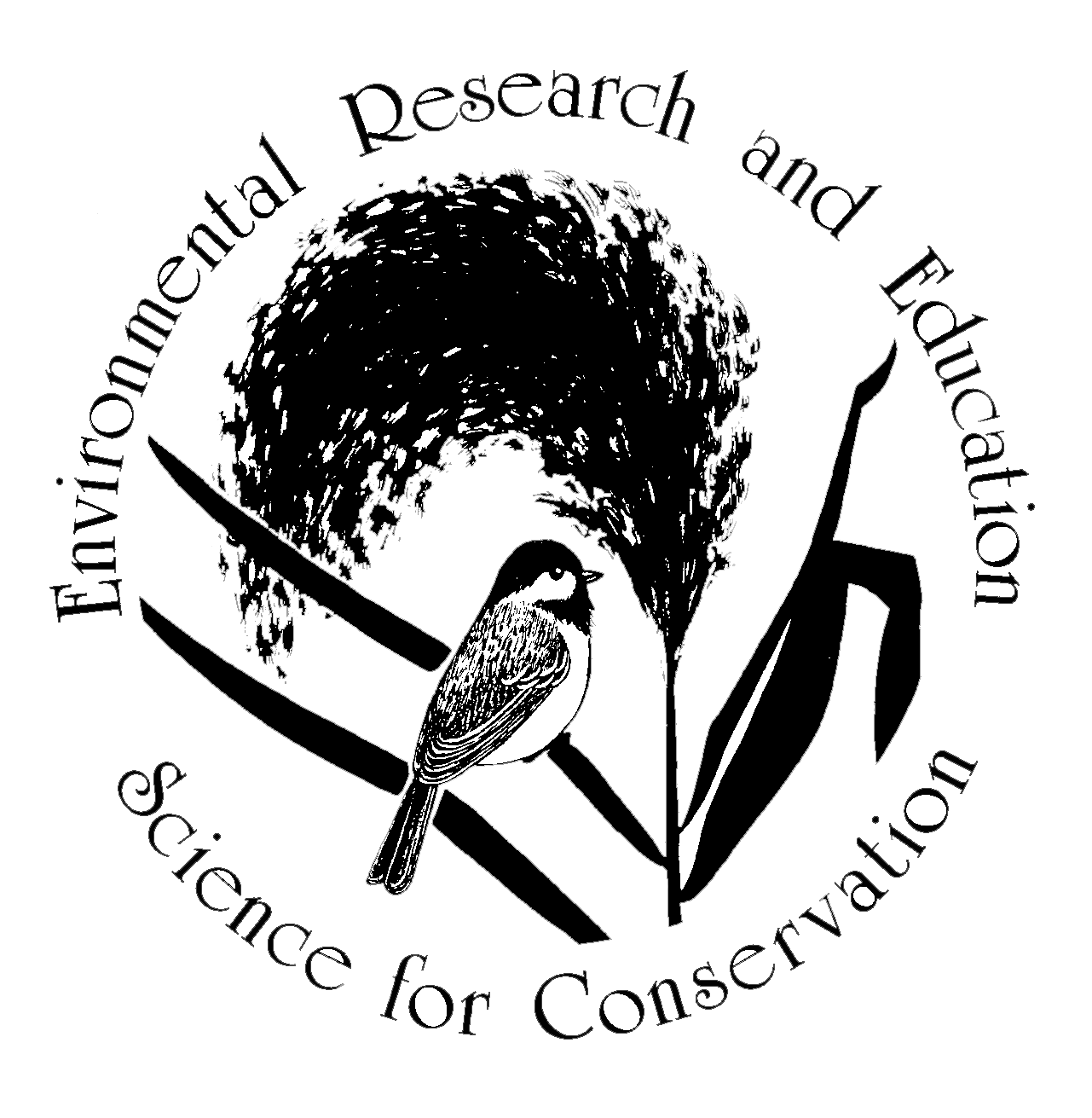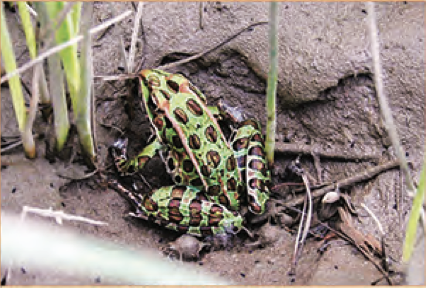Spotlight on Odonates
Basking in meadows or flying over water, flashing their often brilliant colors, damselflies and dragonflies are iconic summer sights. They also help us assess water quality. An important food source for many species, they are imperiled by habitat loss and degradation.
Meadowhawk in Westchester County Photo credit: Hudsonia Ltd.
Odonates (damselflies and dragonflies) are large, fast-flying, predatory insects and many are brilliantly colored. Some have complex social behavior (e.g., territoriality). There are more than 190 species of dragonflies and damselflies that have been documented in New York. Pictured here are just a few of the species we have encountered in the field.
Ebony jewelwings are the only odonates in our region with entirely black wings. Photo credit: Hudsonia Ltd.
Dragonflies and damselflies are useful for assessing water quality in streams, ponds, and wetlands.
Stream in Columbia County, one of many kinds of odonate habitats. Photo credit: Hudsonia Ltd.
Dragonfly larva in the Upper Penhorn Marsh
The larvae of many species are sensitive to water pollution and changes to water levels and flow. Both larvae and adults are carnivorous and rely on a variety of insects and other aquatic organisms for food.
Habitat loss and degradation are some of the main threats to odonate populations. This lovely lilypad forktail damselfly is one such species at risk and is considered Vulnerable (S3) by the New York Natural Heritage Program.
Lilypad forktail damselfly, Silver Lake Photo credit: Hudsonia Ltd.
Odonate species are found both along the Hudson River and inland habitats. Some move far from water to bask and forage in meadows. Identification can be somewhat daunting as there are so many species, but there are good recent field guides that allow people to identify many species in the field or from photos.
Northern leopard frog Photo credit: Hudsonia Ltd.
Wood ducks Photo credit: Hudsonia Ltd.
Odonates are important prey food for various organisms, such as fish, birds, bats, and others.
Eastern pondhawk in Kearny March Photo credit: Hudsonia Ltd.









